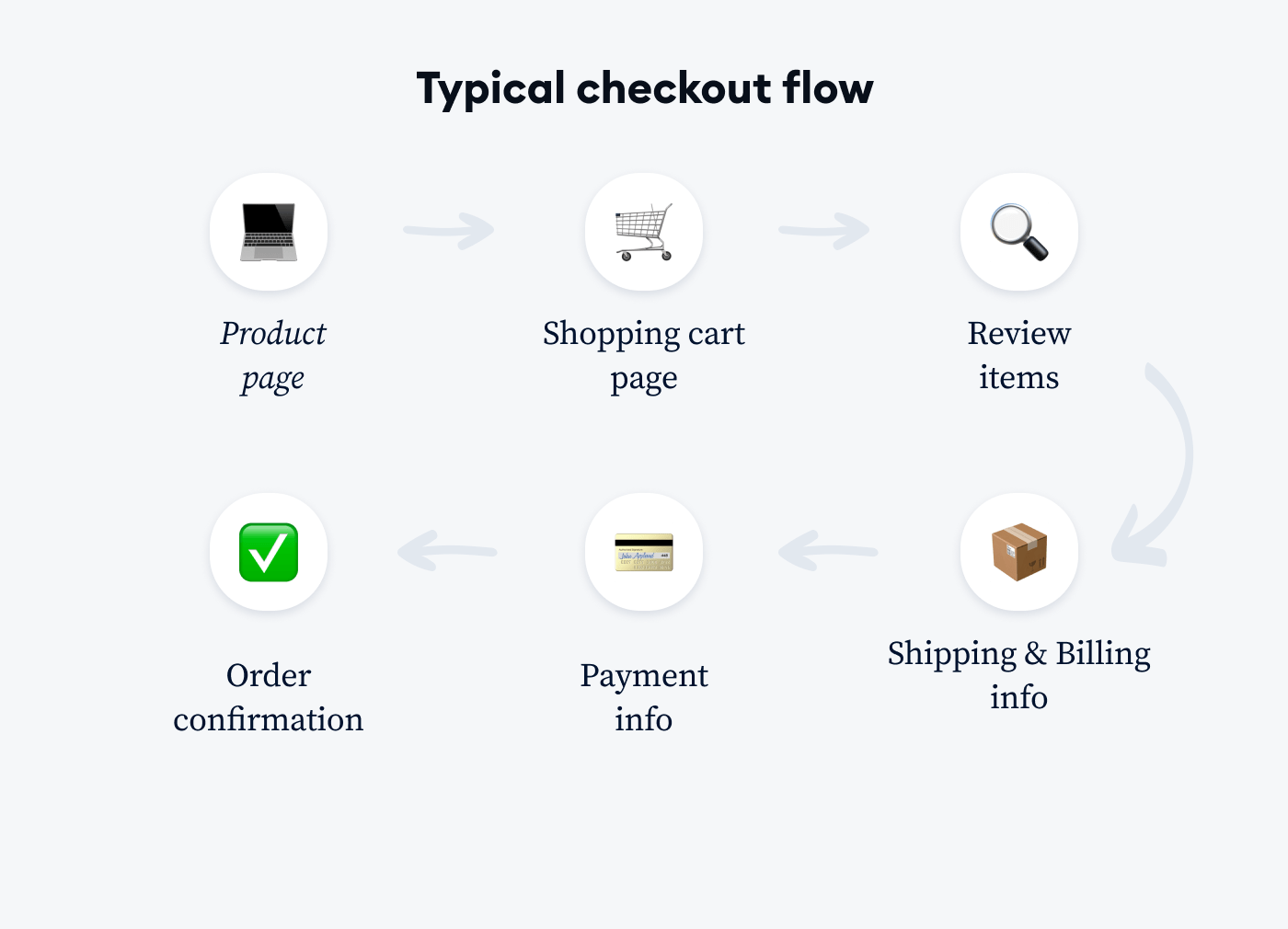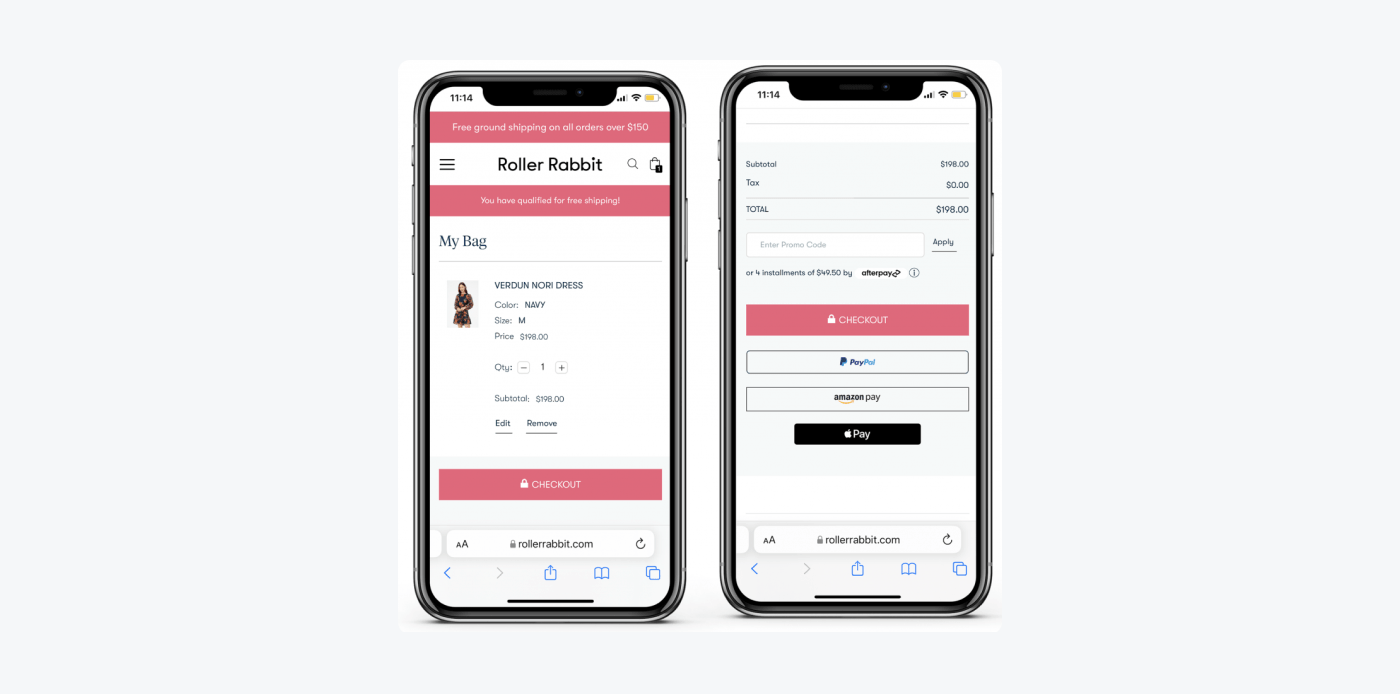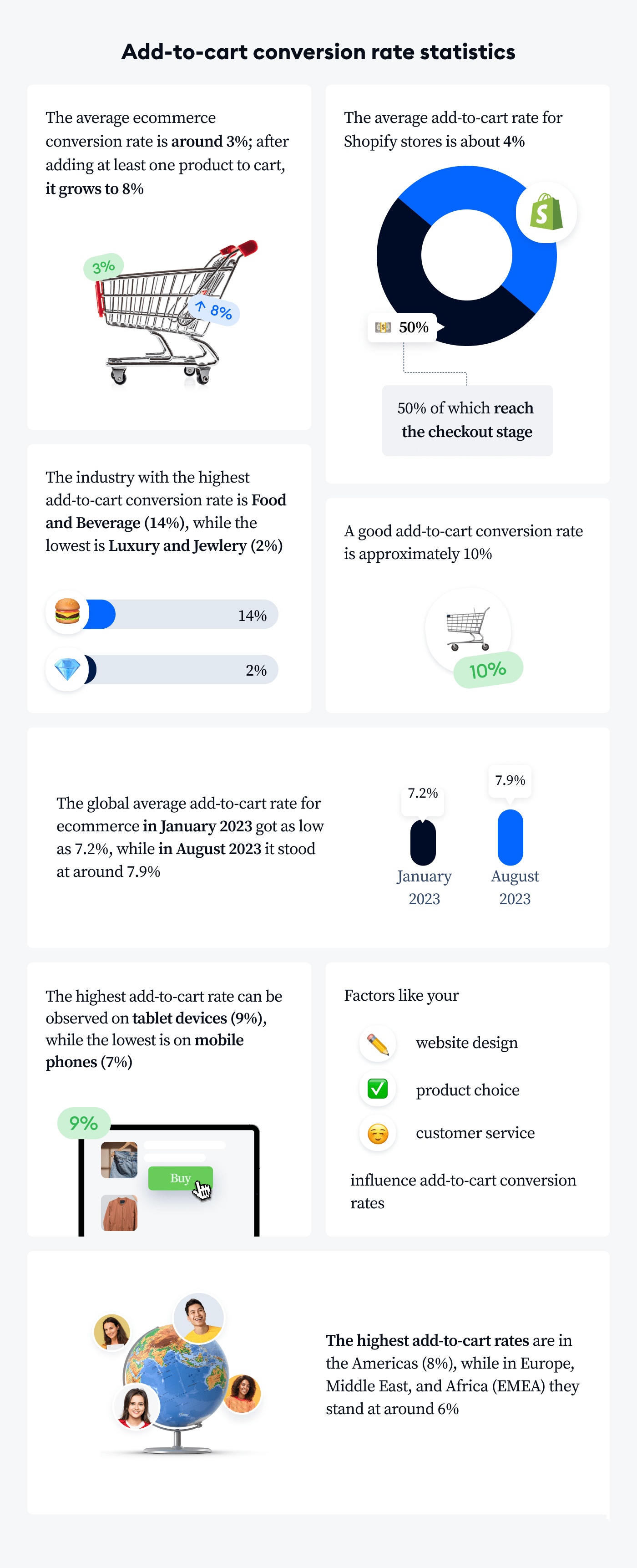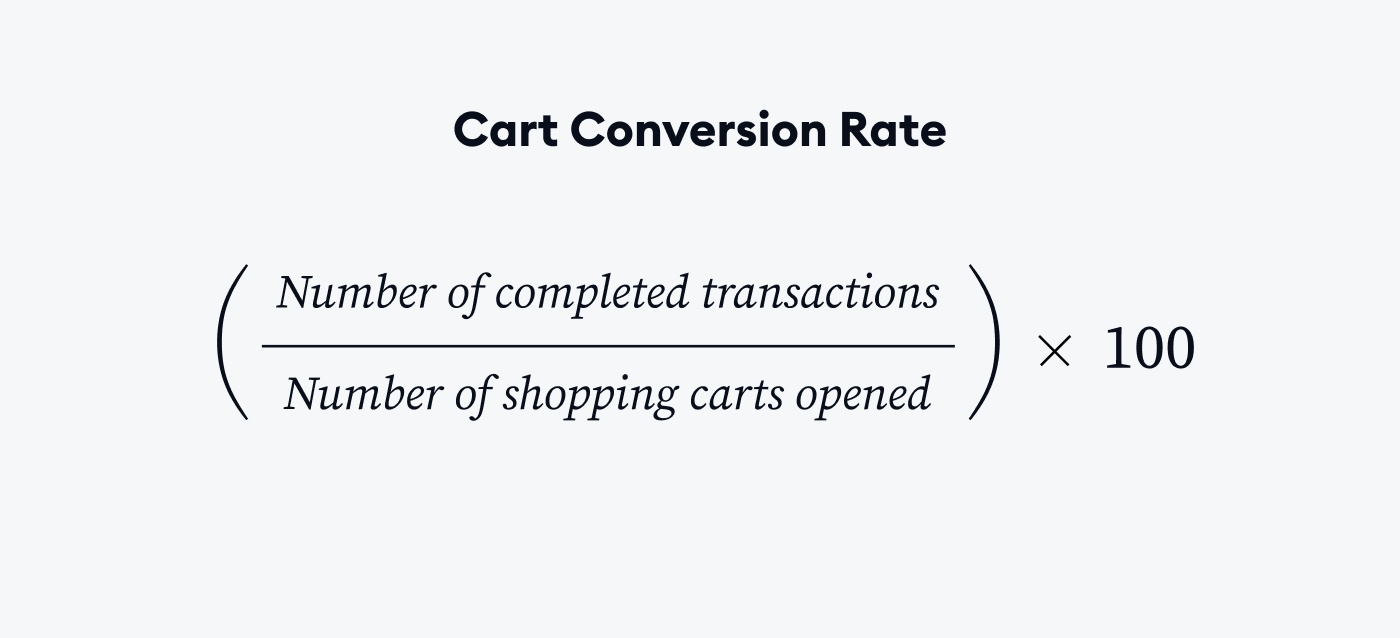Improve Your Ecommerce Sales with Add-to-Cart Conversion Rates

Understanding Add-to-Cart Conversion Rates
The success of an ecommerce business relies heavily on its ability to convert website visitors into paying customers. One crucial metric that measures this conversion is the add-to-cart rate. The add-to-cart rate refers to the percentage of visitors who add items to their shopping carts after browsing through a website.
Add-to-cart conversion rates are of utmost importance for ecommerce businesses. They provide valuable insights into customer behavior and help identify areas for improvement in the sales funnel. By tracking this metric, businesses can gain a better understanding of how effectively they are able to entice customers to take the next step towards making a purchase.
The impact of add-to-cart conversion rates on ecommerce sales cannot be overstated. A higher conversion rate means more customers are adding products to their carts, increasing the likelihood of completing a purchase. On the other hand, a low conversion rate indicates potential issues in the user experience or product offerings that need to be addressed.
To put things into perspective, the typical conversion rate for ecommerce hovers at approximately 3%. This means that out of every 100 visitors, only 3 will actually make a purchase. Understanding and optimizing your add-to-cart conversion rate is essential for boosting sales and maximizing revenue.
Calculating Your Add-to-Cart Conversion Rate
Definition of Add-to-Cart Conversion Rate
The add-to-cart conversion rate is a metric that measures the percentage of website visitors who add items to their shopping carts after visiting an ecommerce site. It provides insights into how effectively a business is able to convert browsing customers into potential buyers. This rate is calculated by dividing the number of visitors who add items to their cart by the total number of unique visitors during a specific time period.
How to Calculate Your Add-to-Cart Conversion Rate
Calculating your add-to-cart conversion rate involves a straightforward process:
Identifying the Necessary Data: To calculate your add-to-cart conversion rate, you will need two key pieces of information: the number of unique visitors to your website and the number of visitors who added items to their carts within a given timeframe.
Calculating the Conversion Rate: Divide the number of visitors who added items to their carts by the total number of unique visitors during that same period. Multiply this result by 100 to get the conversion rate as a percentage.
Interpreting the Results: Once you have calculated your add-to-cart conversion rate, it's important to interpret what it means for your business. A higher conversion rate indicates that more customers are engaging with your products and moving closer to making a purchase. Conversely, a lower conversion rate may suggest areas for improvement in terms of user experience, product selection, or marketing strategies.
It's crucial for ecommerce businesses to track and monitor their add-to-cart conversion rates regularly. By doing so, they can identify trends, make data-driven decisions, and implement strategies to optimize this metric for increased sales and revenue.

Interestingly, add-to-cart conversion rates vary across industries. For example, according to Oberlo statistics, the Food & Beverage sector boasts the highest add-to-cart conversion rate at 14%, while the Luxury & Jewelry industry lags behind at just 2%. These variations highlight the importance of benchmarking your add-to-cart conversion rate against industry standards and identifying factors that may influence these rates within your specific niche.
Understanding a Good Add-to-Cart Rate
What is Considered a Good Add-to-Cart Rate
When it comes to add-to-cart conversion rates, what is considered "good" can vary depending on the industry and specific business. However, a desirable add-to-cart conversion rate typically hovers around 10%. This means that out of every 100 visitors to an ecommerce website, approximately 10 will add items to their shopping carts.
Benchmarking add-to-cart conversion rates against industry standards can provide valuable insights into how well a business is performing compared to its competitors. It allows businesses to set realistic goals and identify areas for improvement. Industry standards for add-to-cart rates can serve as a reference point for businesses to gauge their performance and make informed decisions about optimization strategies.
Several factors can influence add-to-cart rates. These include website design, product presentation, pricing, user experience, and the effectiveness of marketing campaigns. By understanding these factors and how they impact the add-to-cart rate, businesses can make targeted improvements to enhance customer engagement and increase conversions.

Why a Good Add-to-Cart Rate is Important
A good add-to-cart rate plays a crucial role in driving sales and revenue for ecommerce businesses. Here's why it's important:
Impact on Sales: A higher add-to-cart rate indicates that more visitors are showing interest in products and adding them to their carts. This increases the chances of converting those visitors into paying customers. By optimizing the add-to-cart rate, businesses can improve their overall sales performance.
Improving Customer Experience: A smooth and intuitive shopping experience encourages customers to explore products further and proceed with making a purchase. A good add-to-cart rate signifies that customers find the website user-friendly and engaging, leading to improved customer satisfaction.
Increasing Revenue and Profitability: When more customers successfully move from browsing to adding items to their carts, it directly contributes to increased revenue. By optimizing the add-to-cart rate, businesses can maximize their profitability and make the most of their existing website traffic.
By striving for a good add-to-cart rate, ecommerce businesses can enhance their overall performance, attract more customers, and ultimately boost their sales and profitability.
Comparing Add-to-Cart Conversions by Industry
Overview of Add-to-Cart Conversions by Industry
Add-to-cart conversion rates can vary significantly across different industries. Understanding these variations and the factors that influence industry-specific add-to-cart rates is crucial for businesses to optimize their performance. Here's an overview of add-to-cart conversions by industry:
Statistics on Add-to-Cart Conversion Rates in Different Industries: According to data from Shopify stores, the average add-to-cart rate is around 4%, with approximately half of these shoppers proceeding to the checkout stage. However, it's important to note that these rates can vary widely depending on the specific industry.
Variations in Add-to-Cart Rates Across Industries: The add-to-cart rates can differ significantly between industries. For example, the Food & Beverage sector tends to have higher add-to-cart rates, with an average rate of 14%. On the other hand, the Luxury & Jewelry industry typically experiences lower add-to-cart rates at just 2%. These variations highlight the importance of understanding industry benchmarks and setting realistic goals based on your specific niche.
Factors Influencing Industry-Specific Add-to-Cart Rates: Several factors contribute to industry-specific add-to-cart rates. Website design, product pricing, user experience, and marketing strategies all play a role in influencing customer behavior. By analyzing these factors within your industry, you can identify areas for improvement and implement targeted strategies to increase your add-to-cart conversion rate.
Strategies for Improving Add-to-Cart Conversions
To improve add-to-cart conversions, businesses can employ various strategies tailored to their specific industry. Here are some best practices:
Best Practices for Increasing Add-to-Cart Rates: Streamline the checkout process, provide clear product information and images, offer personalized recommendations, optimize website speed and responsiveness, and implement effective call-to-action buttons.
Case Studies of Successful Add-to-Cart Conversion Optimization: Analyze case studies of successful ecommerce businesses within your industry to gain insights into their strategies and tactics. Learn from their experiences and adapt their approaches to suit your own business.
Implementing Industry-Specific Strategies: Consider industry-specific strategies that have proven effective in increasing add-to-cart conversions. For example, in the Food & Beverage sector, offering limited-time discounts or bundle deals can entice customers to add more items to their carts. Tailoring your strategies to align with the preferences and behaviors of your target audience can yield positive results.
By implementing these strategies and continuously monitoring and optimizing your add-to-cart conversion rate, you can enhance customer engagement, increase sales, and drive revenue growth.

Maximizing Your Ecommerce Sales with Add-to-Cart Conversion Rates
Understanding and optimizing your add-to-cart conversion rates is essential for maximizing your ecommerce sales. By monitoring and improving this metric, you can enhance customer engagement, increase conversions, and drive revenue growth. Here are the key takeaways for boosting your ecommerce sales through add-to-cart conversion rates:
Importance of Monitoring and Improving Add-to-Cart Conversion Rates: Tracking your add-to-cart conversion rate allows you to identify areas for improvement in your sales funnel. By implementing strategies to optimize this metric, you can increase the likelihood of turning browsing customers into paying customers.
Key Takeaways for Boosting Ecommerce Sales: Aim for a good add-to-cart rate that aligns with industry standards and benchmarks. Implement best practices such as streamlining the checkout process, providing clear product information, and offering personalized recommendations. Learn from successful case studies within your industry to adapt effective strategies.
Next Steps for Implementing Add-to-Cart Conversion Optimization: Continuously monitor and analyze your add-to-cart conversion rate to identify trends and make data-driven decisions. Test different strategies, measure their impact on conversions, and iterate based on the results. Regularly optimize your website design, user experience, pricing strategies, and marketing campaigns to maximize your ecommerce sales.
By focusing on improving your add-to-cart conversion rates, you can create a seamless shopping experience for customers, increase revenue, and achieve long-term success in the competitive world of ecommerce.
See Also
Enhance Conversion Rates in E-Commerce with an AI-Driven Sales Assistant
Amplify Conversions on Shopify using QuickCEP AI's ChatGPT Sales Assistant
Optimize Shopify Conversion Rate with AI-Powered Chatbots
Revolutionizing Customer Experiences in eCommerce through AI Transformation
The 2024 eCommerce Guide: Resolving Usual Challenges for Enhanced Customer Experience


